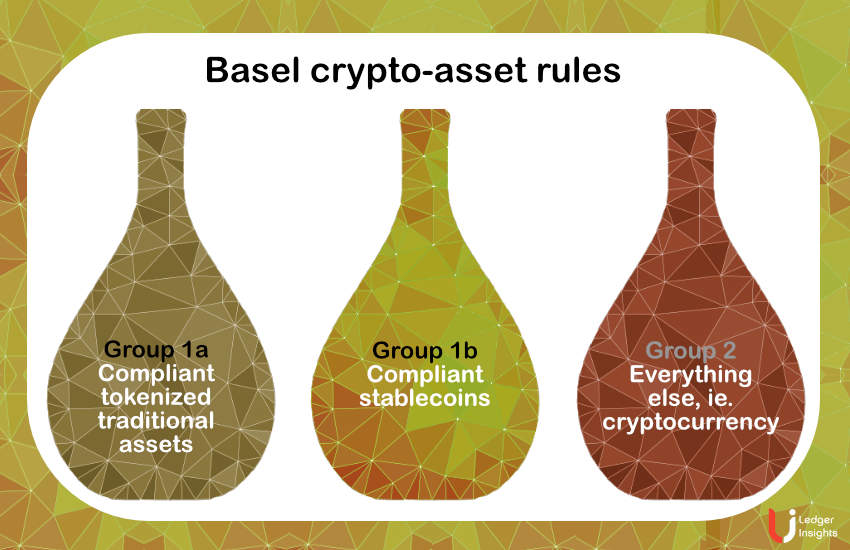‘Tamper Free’ cast certificate that uses blockchain to check corruption
Almost 52,974 cases were registered under Cyber Crime in 2021 where forged documents were used to take advantage of government schemes, according to a report released by the National Crime Records Bureau in August 2022.
To counter such crimes, the Maharashtra government launched a pilot project to issue caste certificates through blockchain technology, which was experimented in April 2022 in Gadchiroli district.
The project is being rolled out in the Etapalli sub-division comprising the villages of Etapalli and Bhamragad, with a huge tribal population. The pilot (beta version) of the project was launched in April 2022, the project was functional in full capacity in September 2022. The person behind the initiative is Shubham Gupta, an Indian administrative official. Currently posted as Sub-Divisional Officer, in Etapalli, the officer talks about the current status of the project with State correspondent Nitin Anand.
Q. What is the idea behind using blockchain technology to issue caste certificates?
Answers: The government is always looking to implement disruptive technologies that can help them democratize citizen services. The Internet has been the biggest tool that has helped the state to expand the reach of citizen services. The tremendous success of the ‘MahaIT’ system in Maharashtra for delivery of citizen service/e-governance to the masses is a testimony to this fact.
However, Web3 takes the concept of democratization to a whole new level, where data/information can not only be made openly shareable, but also made openly unfalsifiable. Web3 is a true personification of property rights. In fact, top e-governments such as Singapore and Malta have bet heavily on it. Therefore, it felt important for us to embrace web3 as it can help us achieve our mandate of true democratization of citizen services.
Currently, the state issues digitally signed caste certificates to its citizens via ‘MahaOnline‘ portal. However, the majority of the population have caste certificates in hard copy for convenience, a physical document that is challenging to authenticate and verify, via signatures on printed papers. While the departments that have issued the caste certificates can track these documents internally using the application numbers on them – such a process is administratively intensive and there is no easy mechanism for external parties to verify the data.
The proposed blockchain system cryptographically commits selective details of each caste certificate obtained from the ‘MahaOnline’ portal on the polygon POS blockchain and generates a unique QR code consisting of blockchain proof embedded on each caste certificate. These certificates will be issued to residents via Common Service Centers (CSCs), which are already functional across all villages. Then the open verification system is available at government website will enable government departments, or other third parties, to verify the authenticity of a certificate with the click of a button.
As the first step, the project is being rolled out in Etapalli sub-division comprising Etapalli and Bhamragad villages, which have a huge tribal population who need the caste certificates, to access benefits and subsidies given to them under the various government schemes. Once fully rolled out, the system will prevent miscreants and anti-social elements from misusing the caste certificates to avail all kinds of benefits provided by the government to the Scheduled Castes and Scheduled Tribes. Presently during elections, people contesting caste certificates are misusing for personal gain. There are people who create fake caste certificates to secure government jobs, admission to educational institutions and to avail other government schemes.
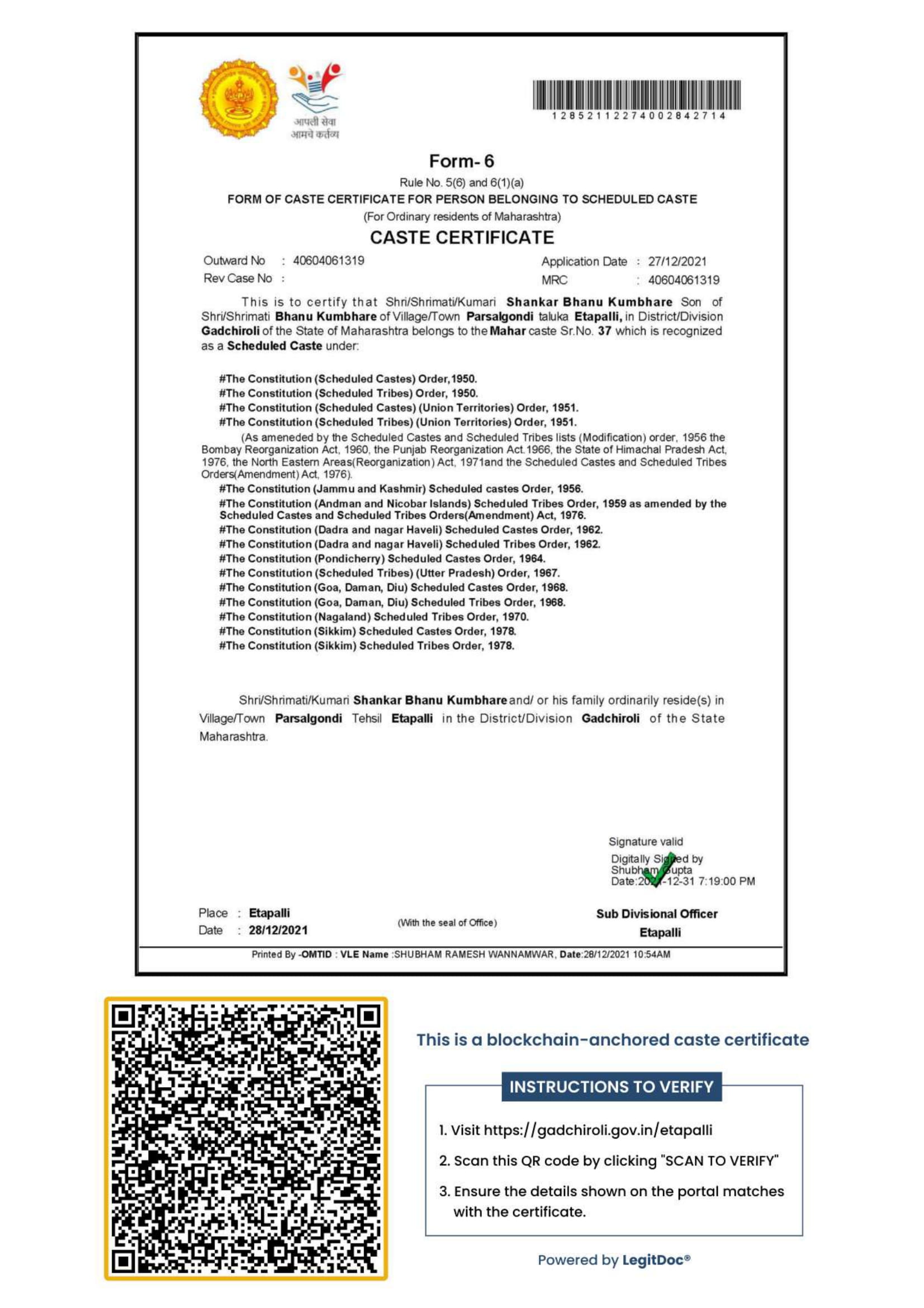
Q. What are the reasons behind the choice of Etapalli subdivision of Gadchiroli district for the first of its kind project?
Answers: The selection of Etapalli sub-division of Gadchiroli district of Maharashtra is due to the efforts of the district administration of Gadchiroli who wanted to project this pilot as a case study for the entire state of Maharashtra to follow up on a much larger scale. It was also done to present a radically different and revolutionary image of the district of Gadchiroli as well as the subdivision of Etapalli as compared to the generally perceived image of being left-affected and other infrastructural bottlenecks. It also happened that all the willing officers were present at the right place at the right time to see this first-of-a-kind project through at this location.
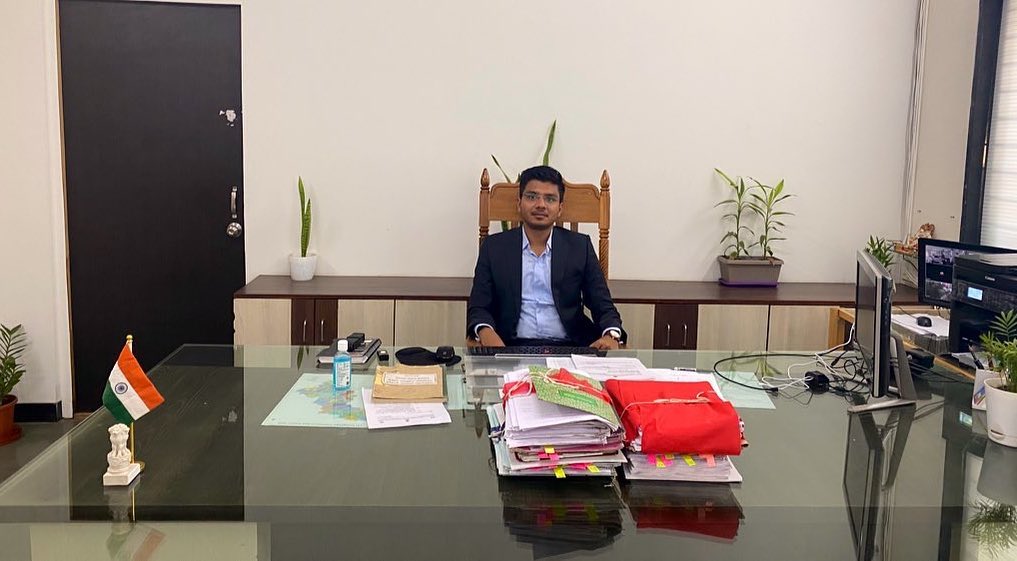
Q. What is the status of the first phase of the project? Has the delivery of certificates to 65,000 people been completed?
Answers: The pilot (beta version) of the project was launched in April 2022. After that, the project has been made functional with full capacity and functionality in September 2022 and the certificates started to be issued on this platform. However, it will take another 3 months to complete the first phase of the project to issue around 65,000 caste certificates on the blockchain.
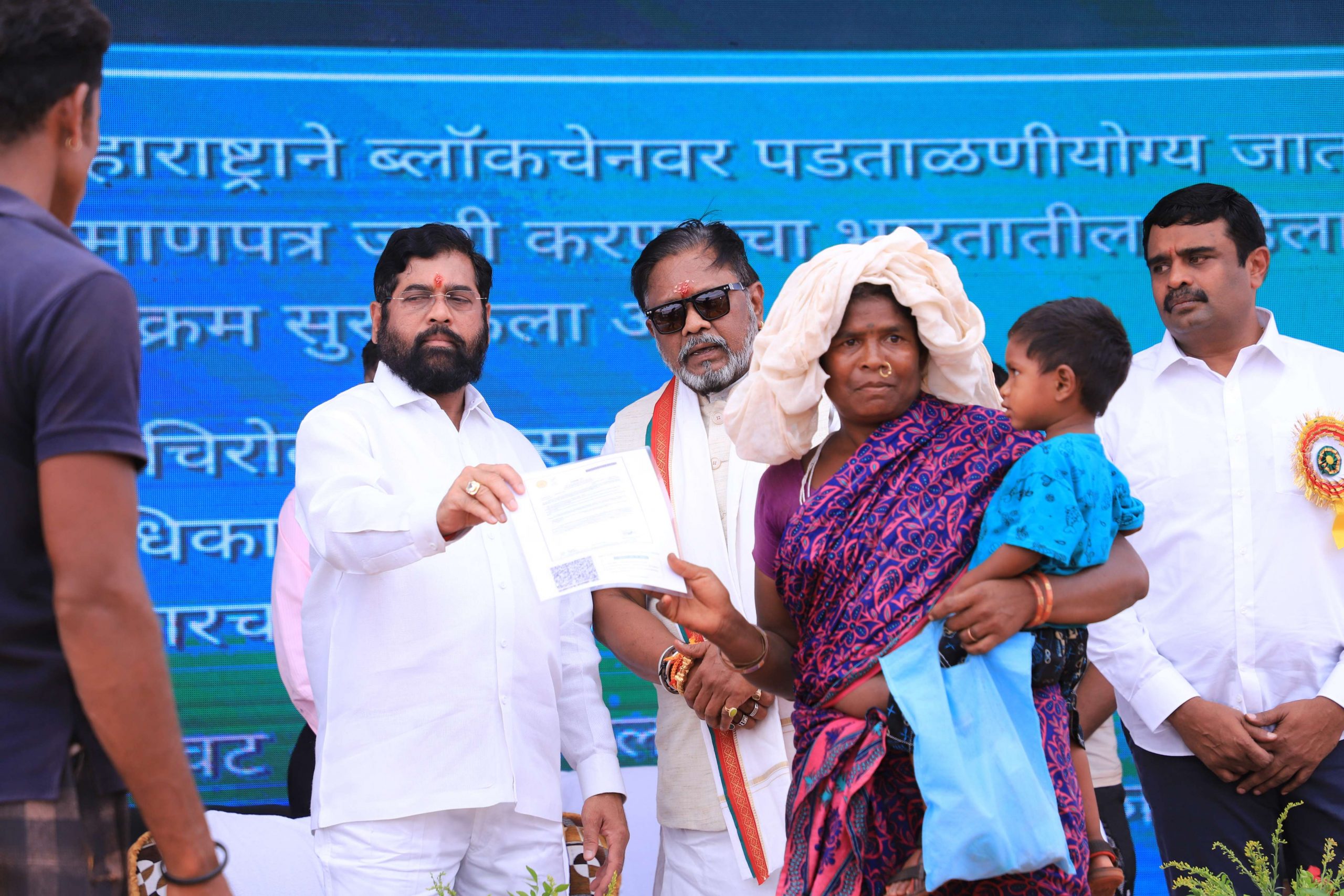
Q. What platform is used to secure the data and how does this technology secure the data of individuals?
Answers: The proposed blockchain system cryptographically commits selective details of each throw certificate obtained from ‘MahaOnline‘ portal on the polygon POS blockchain and generates a unique QR code consisting of blockchain evidence embedded on each cast certificate.
While retrieving data points from the already issued caste certificates from the Maha-Online database, key fields are hashed into cryptographically sound proofs. Accordingly, all such hash proofs are hashed together to generate a single hash which is then stored on the blockchain for verification later. Since no actual data is stored on a blockchain, the database of citizens is completely secure and private.
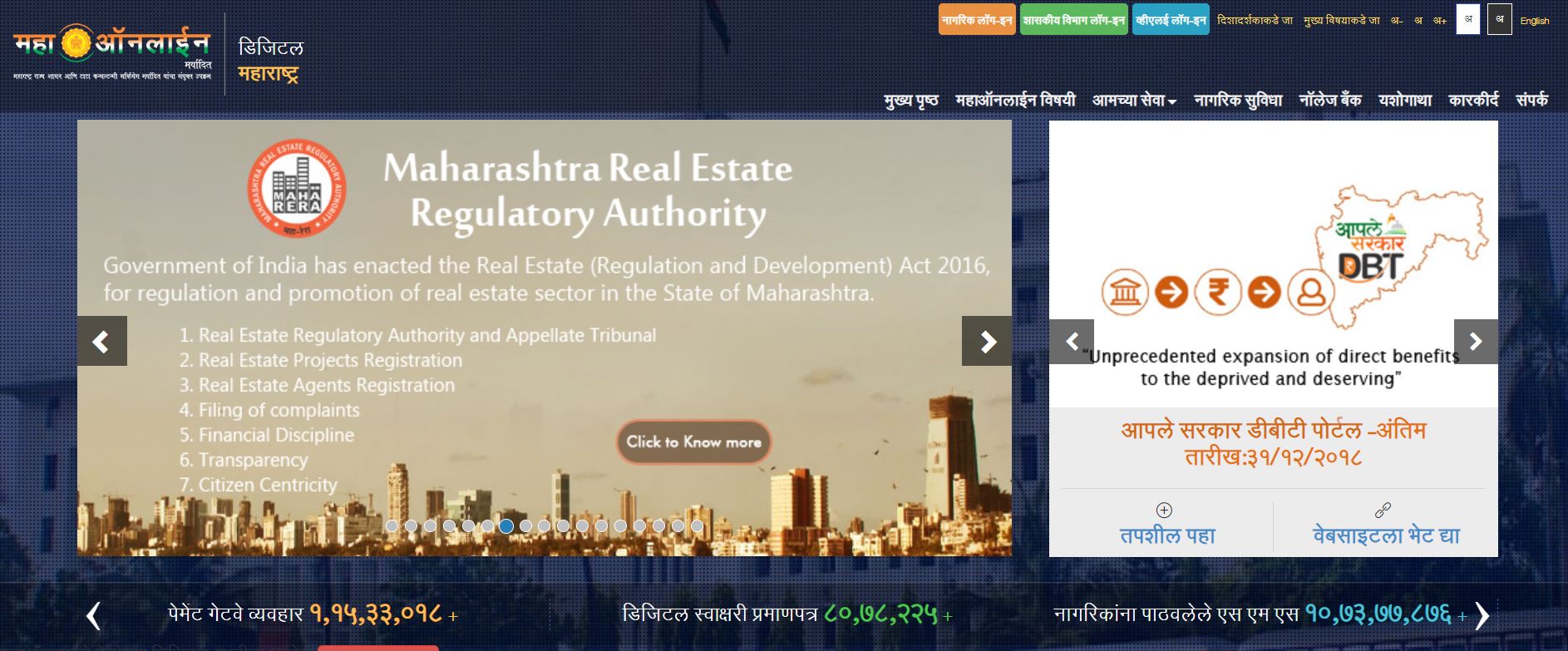
Q. What problems do local administrations face in the implementation of this project?
Answers: Integrating the system with the already functional NIC website was a challenge that the administration had to overcome. In addition, staff training was another bottleneck that was removed through ongoing training and problem-solving sessions.
Q. What are the technological challenges in the process? How will the administration deal with them?
Answer: There are not many technological challenges in the implementation of this project. It has been envisioned to function as a decentralized system to provide fast and accurate services to the people. In fact, the challenge lies in maximizing the opportunities that this project presents before us.
One such challenge could be, for example, institutionalizing a system where if a person enters the blockchain system at any point in time, his/her family members do not have to go through the hassle of submitting applications and supporting documents to avail their claim. to any advantage. The blockchain system itself acts as a source of proof for their identity verification.
A polygon public blockchain-based platform, LegitDoc issue this certificate to people. LegitDoc had earlier helped the Maharashtra government to use the blockchain system for issuing educational certificates.


